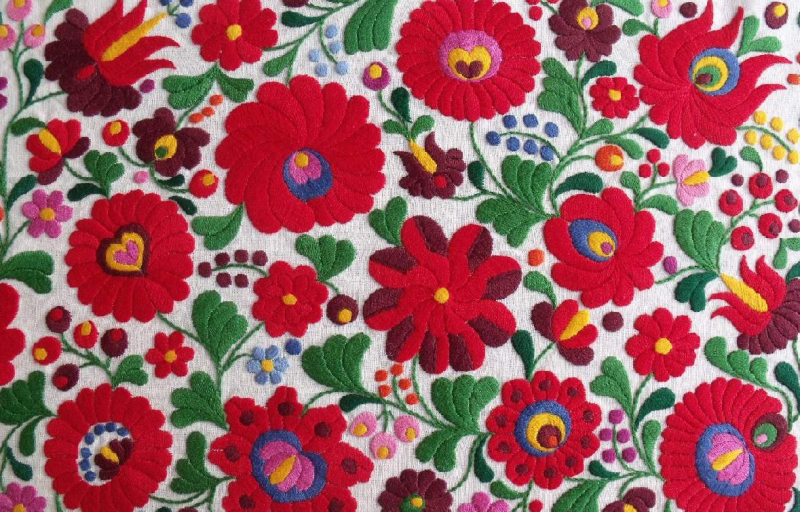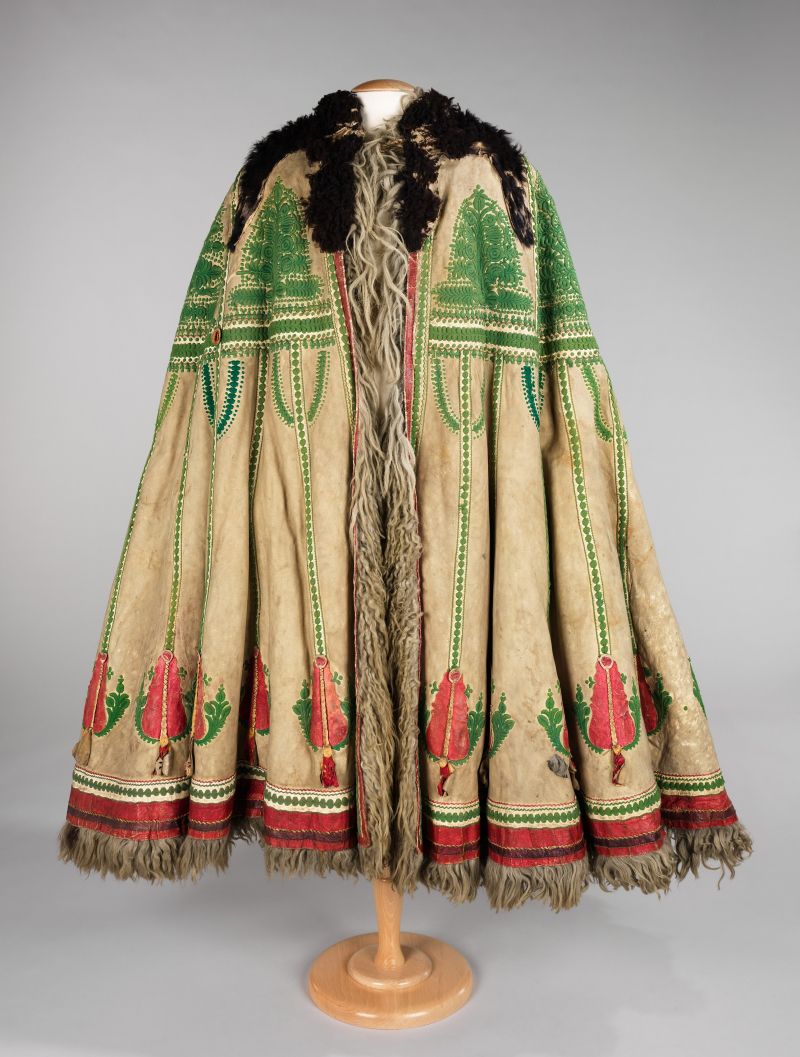Embroidery
The current form of Hungarian folk art emerged in the early 18th century, integrating both Renaissance and Baroque features, depending on location, as well as Persian Sassanian influences. The main decorative themes are flowers and foliage, occasionally a bird or a spiral decoration. The most common decoration is a flower with a centerpiece that resembles the eye of a peacock's feather. Almost all forms of folk art practiced elsewhere in Europe flourished among the Magyar peasantry at some point, with ceramics and textiles being the most developed.
Embroideries, which vary from place to region, are the finest achievements in their textile arts. Those of Kalotaszeg in Transylvania are attractive Oriental-style items made primarily in a single hue - red, blue, or black. The embroideries are soft in line and are used on altar cloths, pillow coverings, and sheets. This is one of the Unique Cultural Characteristics In Hungary that you should know.
At Hungary, the best embroideries are made in Sárköz (a historical area in Tolna) in Transdanubia and Matyóföld in the Great Hungarian Plain. Women's headgear in the Sárköz region have black and white motifs as fine as lace, demonstrating the people's beautifully exquisite artistic feeling. The needlework motifs used on women's clothing have been adapted for usage as wall decorations on tablecloths and runners.












